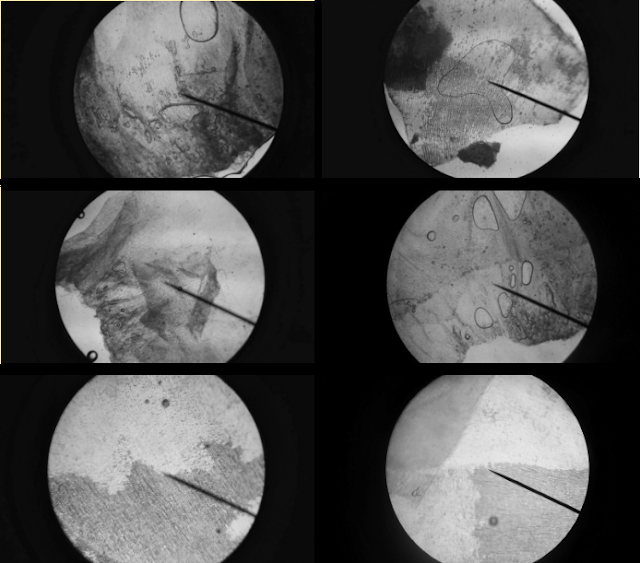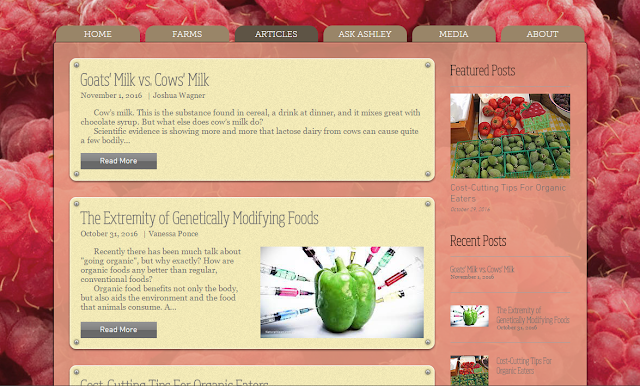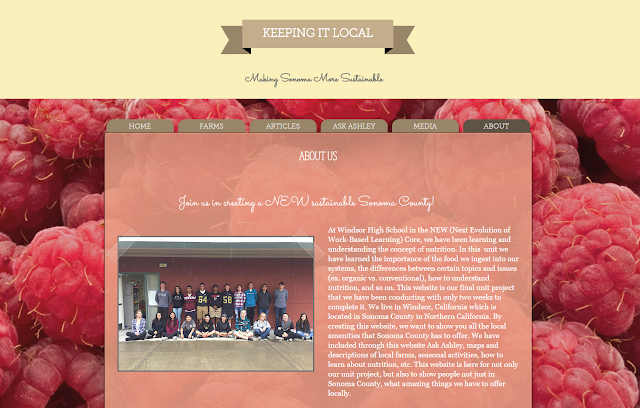After the corn kernels had BPA applied to them, we carefully stored them in glass containers (no plastic of else more BPA could have been mixed in!). In a separate container we put corn kernels without any BPA on them - straight from the cob. Both sets of corn kernels were from the same cob, therefore they were the same age and experienced all the same variables in their lifespans. Both containers were placed in a refrigerator to be stored for three days. With this the BPA was able to sink in, perhaps breaking through the cell walls. We could not say in all confidence that the BPA was able to breach through into the corn, because the corn was not viewed beforehand. In real circumstances, BPA has much more time to leak into foods prior to consumption, specifically in cans which can sit for ages. However, neither we nor the short-lived corn had several months to complete this experiment, therefore we could not determine just how long it takes BPA to break through the outer membrane of the corn. Therefore we do not know for sure whether the BPA ever had time to react and cause any cellular damage. We viewed the corn under the microscope and the results are shown below. The images on the left are three ordinary corn kernels, without influence from BPA. The three on the right have all had BPA added.
As you can see, there are not any clear differences between the right and left. The top four all have significant visible decay, most likely because of their age at this point in the experiment. Without microscopes of increased visibility, we cannot clearly determine the nucleus, mitochondria, etc. of the cell. These could have undergone damage, so it is unfortunate that we cannot view them.
Unfortunately, the internet has not been our biggest friend in this experiment, given that there is such a lack of information on this topic. Furthermore, all images of corn under a microscope are so dramatically different from ours that are comparing/contrasting is of no use.
The lack of obvious results certainly does not mean the experiment was a waste of time, or even a failure for that matter. It simply means that future experiments need to be rearranged based on what we know and what we need to do differently. We now have what we need and what the world needs to create an effective experiment. For example, based on our experiences we now know that a microscope of greater magnitude is needed. Also, a separate experiment should be conducted to see how long it takes BPA to penetrate the membrane of corn. This information could be used to shorten or elongate the time the BPA was allowed to sink it after application. Some things worked out great...the creation of BPA was definitely a success and could be used for experiments in the future. Despite the lack of hard proof at this moment, we still saw first hand the toxicity of the BPA, and it is certainly something we want to prevent from being in our food, even if it does not cause visible cellular damage.
For now that is all, but stay tuned to hear more about our lab report and big presentation for the Iron Chef winner - which will be us! ;)






